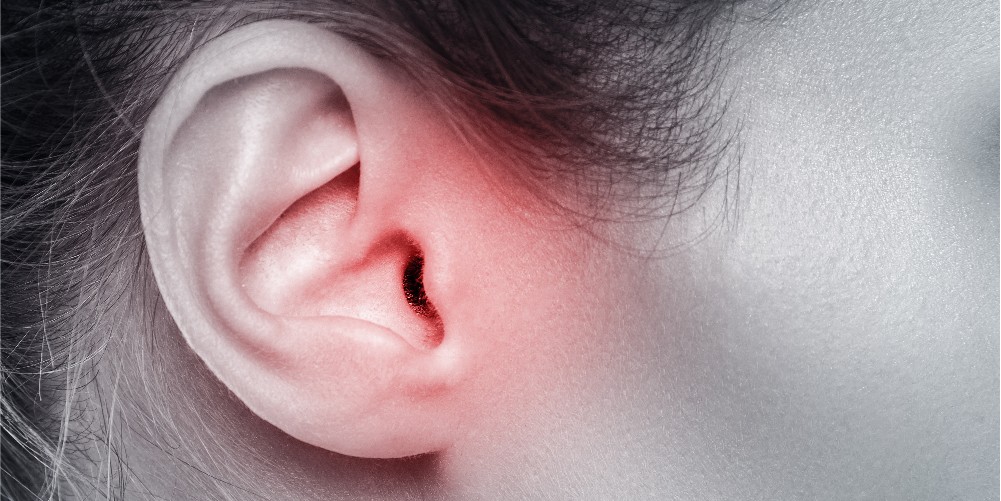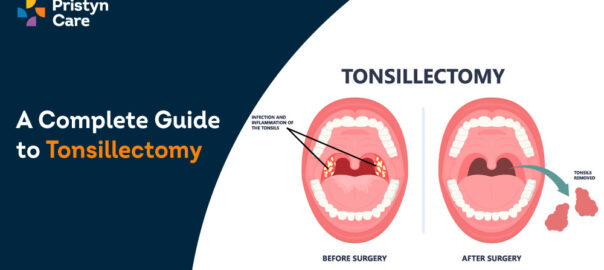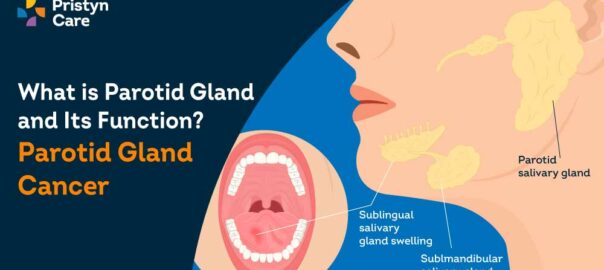![]() Views: 1,854
Views: 1,854
Perforated Eardrum Surgery Procedure
Perforated Eardrum means that there is a hole or opening in the tympanic membrane or eardrum. The extent of the perforation var from a small pinpoint opening to the loss of the whole eardrum.
Dedicated Support at Every Step!
Our Doctors are available 24 hours a day, 7 days a week to help you!
Table of Contents
How is it repaired?
In some cases of the ear perforation, the damage heals spontaneously without any surgical procedure. In some cases, a paper patch can be placed over the perforation as an office procedure to promote healing. Many times, surgery is required to close the perforation.
No Cost EMI, Hassle-free Insurance Approval
How is the Perforation closed?
In most cases, the tissue from above the ear is taken and used as grafting material to close the perforation. Right under the skin above the ear is a muscle, covered by the muscle is called fascia. An incision is made above the ear to remove a small part of the fascia. The fascia tissue is laid to the ear and it then heals as the new eardrum. Some doctors use other tissues like vein, perichondrium, periosteum or cadaver tissue.
What is the surgical procedure to repair the eardrum?
There are two major procedures to repair the eardrum, the transcanal, and the postauricular. In the post-auricular procedure, an incision is made behind the ear is reflected forward so that the eardrum can be visualized. In the transcanal procedure, the speculum is placed right in the outer opening of the ear canal. The eardrum can then be seen by working through the speculum.
What are the risks involved?

Just like any other surgical procedure, the Perforated Eardrum surgery also carries some potential risks. The patient and his family are briefed about the surgery procedure and possible risks beforehand. Although, the chances of risks are minimal when the surgery is performed by an expert specialist.
The possible risks involved with the procedure are mentioned below:
Hearing loss: There is a minor chance of hearing loss in the inner ear. Although, the chances are extremely rare.
Dizziness: Some patients may feel dizzy after the procedure. This can resolve after a day of surgery. It is not a persistent problem. (Also Read: Possible Causes for Dizziness and Vertigo)
Facial paralysis: The nerve which innervates the muscles of the face passes through the ear. Thus, there is a slight risk of facial paralysis. It can affect the movement of the facial muscles such as the closing of the eye, smiling and raising the eyebrows or forehead.
Tinnitus: This is an uncommon and rare operative complication. It causes the patient to experience a ringing sensation in one or both ears.
Taste abnormalities: A small nerve that drives some taste and salivary functioning courses through the ear. After the ear surgery, some patients complain of experiencing abnormal taste or dryness of the mouth. Most of the time, this problem improves over time. Consult your doctor about the problem if you experience any such thing.
The occurrence of such potential risks and complications is less with doctors who are well trained in their field and have sufficient experience in performing such surgeries.
Can the operation be performed on a patient of any age?
Yes. The surgery of perforated eardrum can be performed on patients of any age.
Final Words

This is a commonly performed ear surgery. The doctors at Pristyn Care are highly professional with a successful surgical background. Complete priority is given to the health and well-being of the patients. In case of any troubles, the doctors can take care of it all. You do not have to live with this problem anymore, get treated now at Pristyn Care in a safe procedure!










